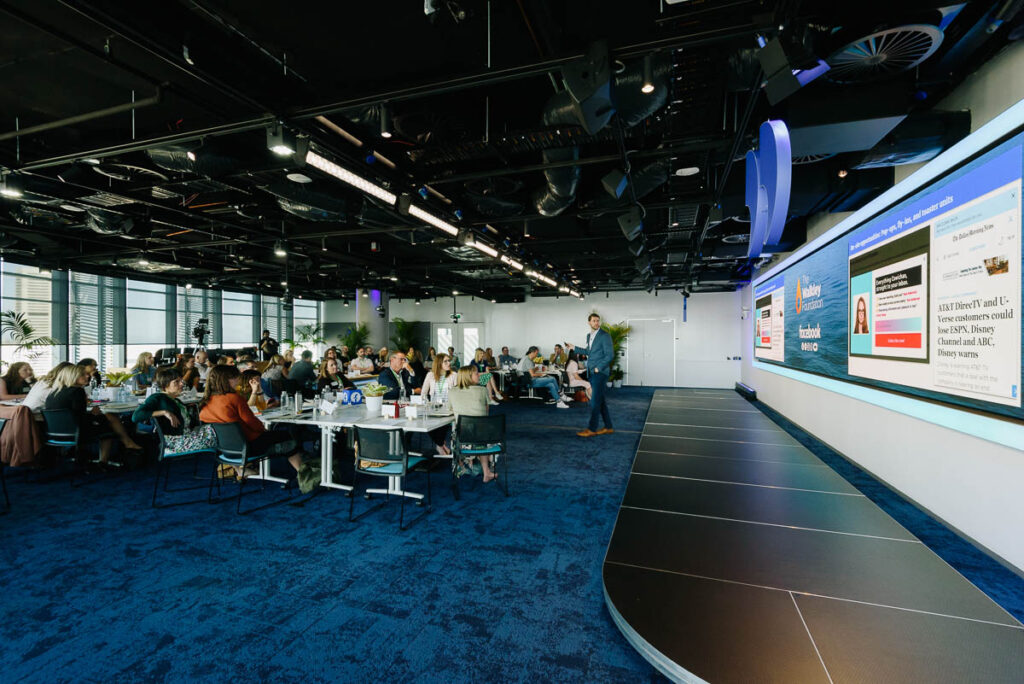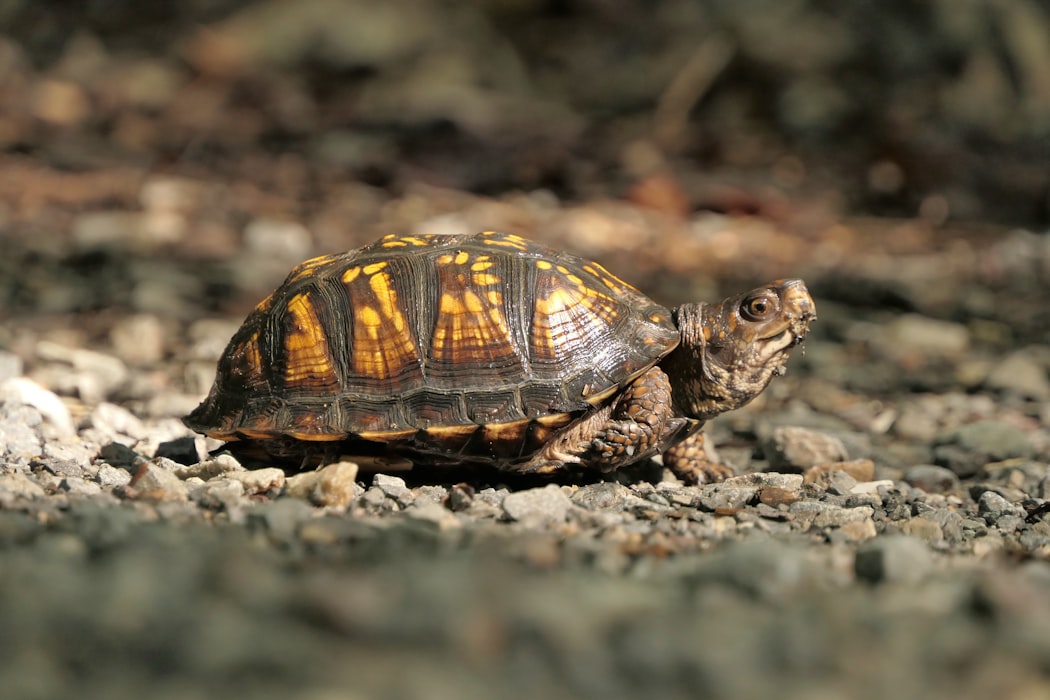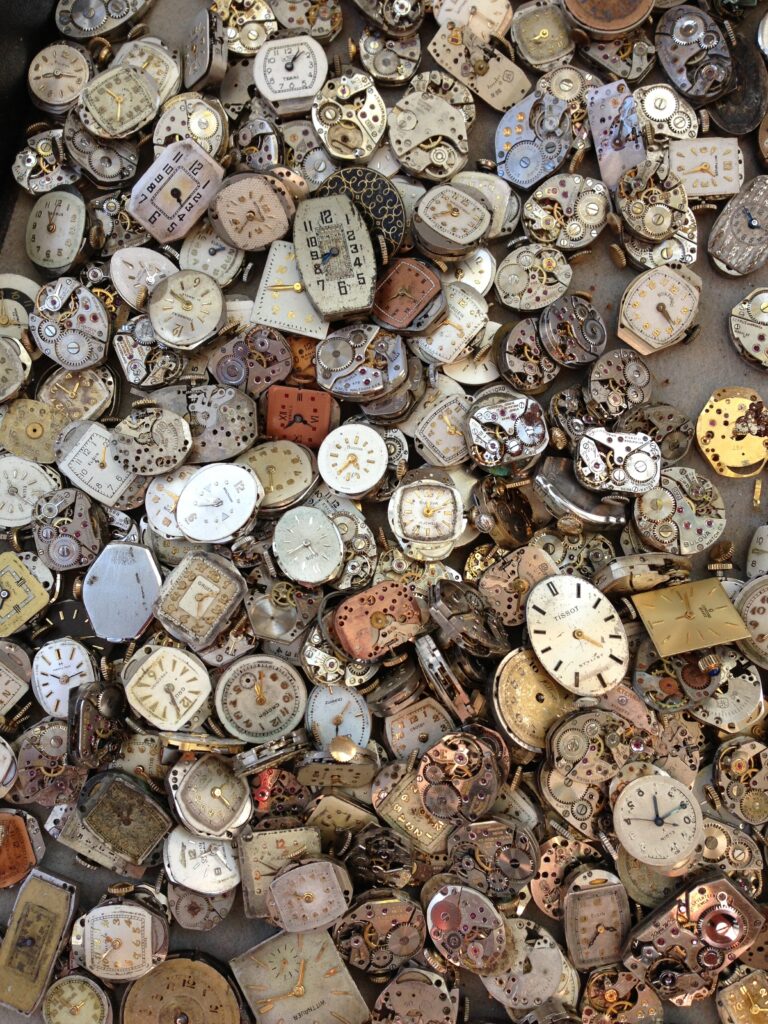
There’s this lie that we tell ourselves when things are complicated and hard: “Once I get through this stretch, things are going to get easier.”
I’ve told myself this more times than I can count. Dan, if you can just finish this task… if you can just get through this month… if you can just take care of this deadline — it’s going to get easier from there.
But that’s not really how this works.
It’s OK that things can be hard. Things can be hard because you’re trying to learn new skills or taking on new challenges. Things can be hard because you’re in a new role or a new job. Things can be hard because you’re pushing yourself to get better. Things can be hard because life gets in the way — you’ve got more responsibility or more people to care for than you did when you were younger.
Every so often, I have to remind myself: Things are never going to be quite as easy as they are right now. Work — and life — tends to get more complex over time.
But you’re going to find a way to push through and keep doing the work. You’ve done it before, and you’ll do it again in the months and years to come. Things never get easier, but you’re also getting smarter and savvier, and building the team to help you take on these challenges. You’ll be able to take on tomorrow’s obstacles as they come.
So enjoy this moment, right now. Yes, things seem overwhelming some days. But these challenges and obstacles will beget new ones. One day, you’ll look back on these moments and tell yourself: What I would give to merely have those types of problems today.
It’s not getting easier, but that’s OK. You’ll be able to take these challenges head on anyway.
———
That photo of a skiier going off a jump comes via Unsplash and Maarten Duineveld.







